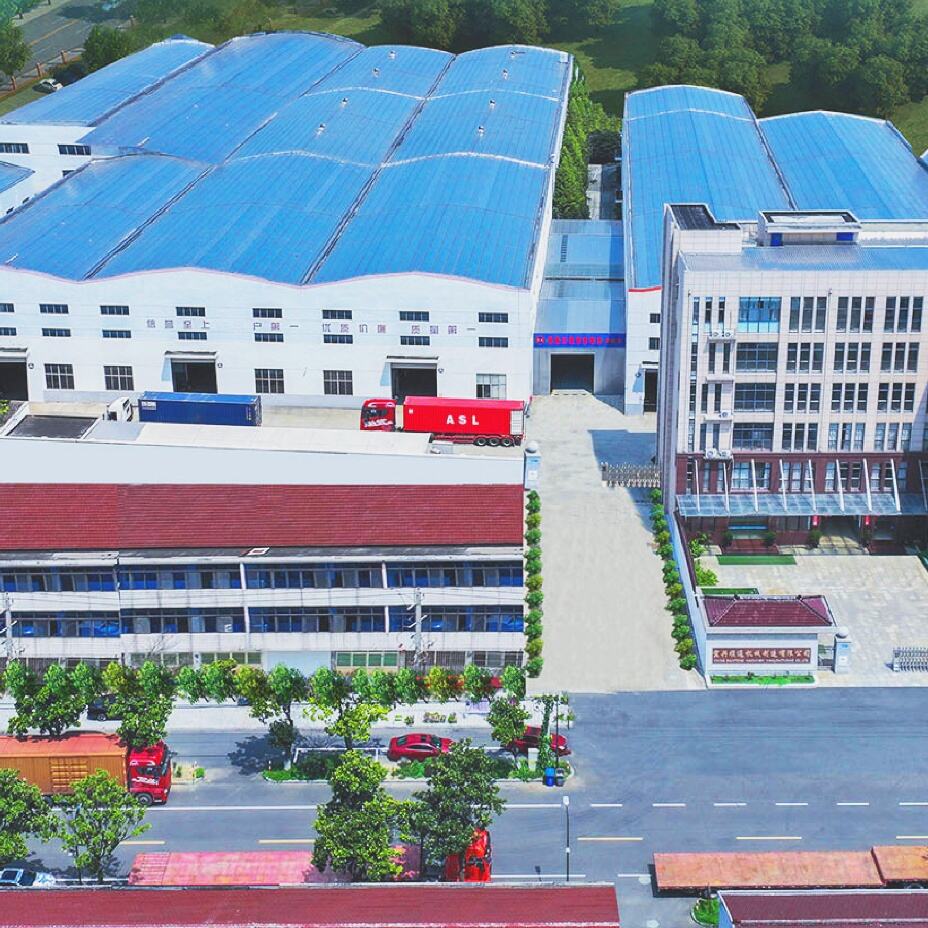Application Prospects of Bulky Bags Machines: Powering Efficiency Across Key Industries
In the logistics and transportation sector, bulky bags machines are becoming a core efficiency driver. As global trade expands, the demand for safely transporting large, irregular, or heavy items—such as industrial parts, electronic equipment, and oversized consumer goods—keeps rising. Traditional manual packaging for these items is time-consuming, labor-intensive, and prone to damage. Bulky bags machines solve this by automating the production of durable, customizable bags that fit varying item sizes, cutting packaging time by 40% or more and reducing cargo damage rates. This makes them indispensable for logistics companies aiming to scale operations and meet tight delivery deadlines.
The construction and building materials industry is another key area where bulky bags machines excel. Construction sites regularly handle bulky materials like cement bags, steel bars, ceramic tiles, and prefabricated components. These materials often require robust packaging to withstand rough on-site handling and weather conditions. Bulky bags machines produce tear-resistant, moisture-proof bags that protect materials during storage and on-site transport. By replacing manual bagging (which often leads to material waste and inconsistent packaging), these machines help construction firms lower operational costs and maintain project timelines—critical in an industry where delays can incur heavy penalties.
In agriculture and bulk commodity trading, bulky bags machines address the long-standing challenge of high-volume packaging. Farmers and traders need to package large quantities of grains, fertilizers, animal feed, and root crops efficiently, while ensuring freshness and preventing spoilage. Bulky bags machines can adjust to different material densities and package sizes, from 50kg to 500kg batches, and integrate with weighing systems for precise dosing. This automation not only reduces labor costs during peak harvest or trading seasons but also ensures uniform packaging that meets international shipping standards—opening up new export opportunities for agricultural businesses.

